Modern Rodding TECH
InTheGarageMedia.com

1. The potent AMSOIL LSX is equipped with a Wegner Automotive front drive system that spins the water pump as well as the Whipple supercharger.
 By Ron Ceridono
By Ron Ceridonoithout mentioning anyone by name (mostly to keep from hurting Brennan’s feelings), there are those on the Modern Rodding staff who are old enough to remember when 1 hp/ci was a big deal. Chrysler did it in 1956 with the 355hp 354ci Hemi. Chevrolet’s ’57 Ramjet-injected 283 made 283 hp in 1957 and horsepower numbers kept growing from there. But back then no one would have believed it would be possible to produce the horsepower numbers that are common today, and do it reliably.
To prove that very point a team at AMSOIL, made up of Len Groom, senior product marketing manager of powersports/power equipment; Chris Orr, mechanical lab manager; and Garret Gibeau, product development engineer, set about building an engine that would make 1,000 hp with readily available parts. But there was more to their plan than just big dyno numbers. Their objectives were to emphasize the benefits and durability of AMSOIL products as well as prove an engine could be tractable enough to be in a daily driver and still perform as expected on a dragstrip or autocross course—and do it all on 91-octane pump gas.
Orr, who has an extensive background in building race engines, was responsible for assembling the AMSOIL effort. The foundation for his creation is a Chevrolet Performance LSX 376 iron block based on GM’s production LS7 block, the LSX designed with more material in critical areas—including a thicker deck and cylinder bores—to support displacement of 454 ci or more. A unique six-bolt cylinder head bolt pattern provides the clamping capability for power-adder combinations greater than 1,000 hp. According to Chevrolet Performance, “Although designed with racing in mind, each LSX block is machined to stock LS dimensions to accept stock LS components as well.”
To increase displacement Orr increased the stroke from the LSX norm of 3.622 to 4 inches with a Molnar billet crankshaft. Coupled with the stock bore of 4.065 that brought the total up to 415 ci. The pistons are of particular interest. They’re from J&E and feature lateral gas ports, small slots that are machined into the top ring land to permit combustion pressure to enter the ring land area to help them seal. These pistons also feature accumulator grooves, spaces machined into the land between the two rings that help to promote ring seal and provide additional volume where the combustion gases can collect to reduce the chance of ring flutter. Molnar connecting rods complete the rotating assembly.
Because LS engines can suffer from oiling limitations with the standard gerotor pump, Orr opted to install a Dailey Engineering dry-sump system. Compared to conventional systems, dry-sump systems offer several advantages, such as the design of the oil tank typically eliminates aeration of the oil returned to the engine, dry sumps prevent oil starvation under hard cornering, and the shallow pan allows the engine to be mounted lower in the chassis for better handling.
Bolted to the block is a pair of “six-bolt” Air Flow Research 12-degree Mongoose aluminum cylinder heads. They came out of the box CNC ported and were equipped with Manley stainless steel intake valves. The camshaft is a Bullet Racing Cams solid roller that is combined with Trend Performance push rods to operate the Jesel rocker arms.
Sitting on top of the engine is a Whipple 3.0L, twin-screw supercharger. These mechanically driven superchargers are extremely efficient, unlike Roots superchargers (think GMC 6-71 as an example) that have a pair of rotors that push air to the outside of the case to create pressure in the manifold the rotors in the twin-screw style mesh and compress the air between them, making them more efficient. Like a Roots supercharger, the boost numbers of the Whipple twin-screw design can be altered by changing pulleys. In this case the boost was 17 psi at maximum horsepower.
Since one of the purposes of this project was to highlight the reliability and versatility of AMSOIL products they were used exclusively during testing. As Groom explains, “Journal bearings rely on a film of pressurized oil between moving parts. This is called hydrodynamic lubrication. There are several factors that contribute to maintaining this state of lubrication throughout the entire range of operating conditions, clearance, oil viscosity, speed of the crank and rods, and surface finish. Upon start-up, the oil pump supplies pressure to the rotating assembly. Essentially it floats the crank and rods in a film of oil. The movement of the assembly along with the factors above create a wedge of oil that supports the moving parts. Oil plays a critical role in making sure the surfaces never touch and create wear.” Be aware that while modern production engines use tight clearances and light viscosity oil, the internal stresses in highly modified engines often require greater clearances and as a result heavier, higher viscosity oil to prevent metal-to-metal contact.
Groom adds, “During dyno testing sessions of the LSX, AMSOIL Dominator 15W-50 racing oil was used, however it’s not something you’ll want to use in your daily driver. This oil is built for the track with a formulation designed for ultimate protection in high-performance engines. It has boosted levels of ZDDP for protection in high pressure areas, such as cam and lifter interface and rocker arm to push rod tip, but is not designed for extended drain intervals.” Keep in mind, most professional racers change the oil every couple of races, if not after every race. For that reason racing oils are formulated with a lower total base number (TBN) than passenger car motor oils. TBN is a measure of the oil’s detergency properties and its ability to neutralize acidic by-products. Oils with higher TBNs provide longer drain intervals. AMSOIL Signature series features a TBN of 12.5 to enable its 25,000-mile/one-year drain interval. In contrast, Dominator racing oil has a TBN of 8 and is recommended to be changed more often. As great as it performs on the track, Dominator is not what you want in your engine when you’re driving thousands of miles and several months between oil changes; Signature Series is a better choice.
With the engine assembled it was time to put it on the AMSOIL SuperFlow 902S dyno. As Groom explains, for this project not only was the engine dyno used to get power numbers but also to simulate an entire year’s worth of use in all the different applications. He added, “We looked at how many passes the average person might make on a track night at the dragstrip, multiplied that by how many trips might be made in a season, and came up with 40 hits for the drag racing portion. Then we looked at how often someone with an autocross car might take it out, and how much track time that would equal, and we came up with 8 hours of autocross simulation. Then we went around the office and averaged out how many street miles we all put on our fun cars in the summer, it averaged out to 25 hours on the engine in a season.”
After hours of testing in various scenarios, the AMSOIL triple threat LSX performed flawlessly. The final horsepower and torque numbers for were 1,036.8 hp STPPwr at 6,984 rpm and 876.2 lb-ft STPTrq at 4,449 rpm, and it was all done with over-the-counter parts on 91-octane pump gas—we’d say all the team’s objectives were met and a little more.
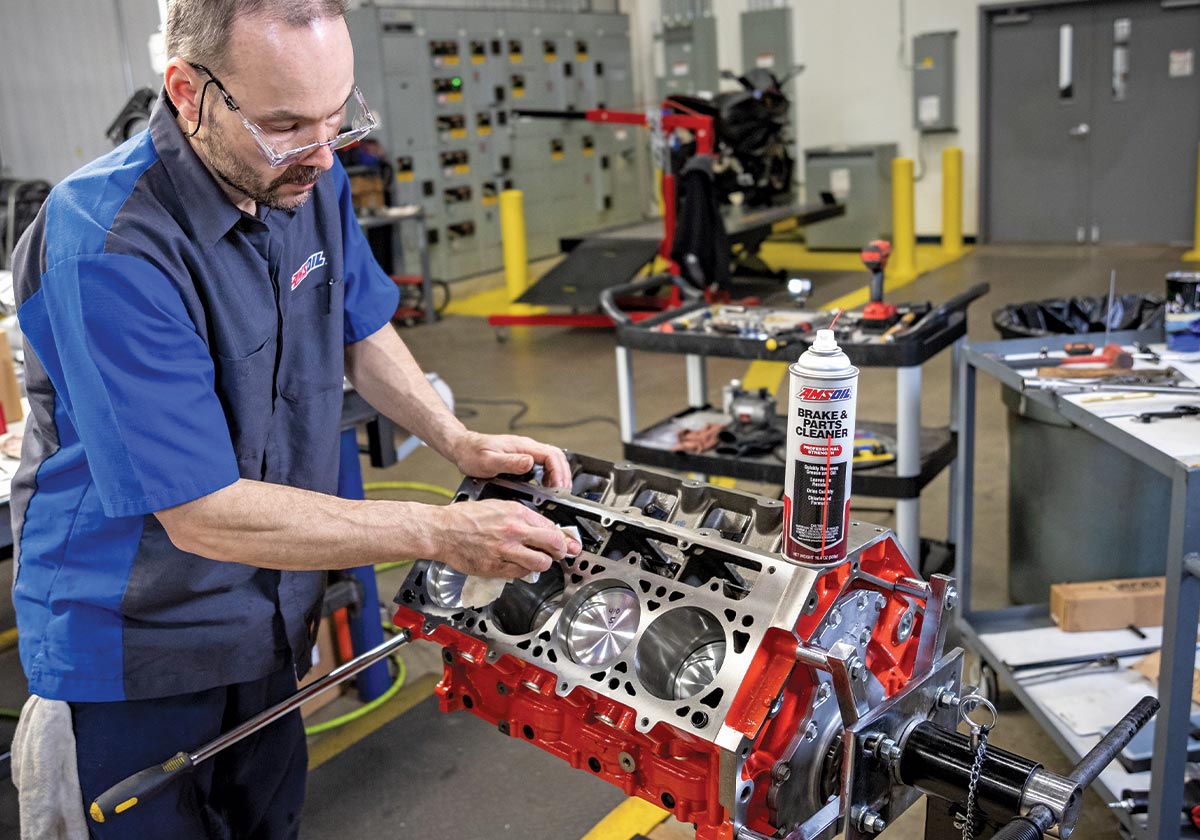
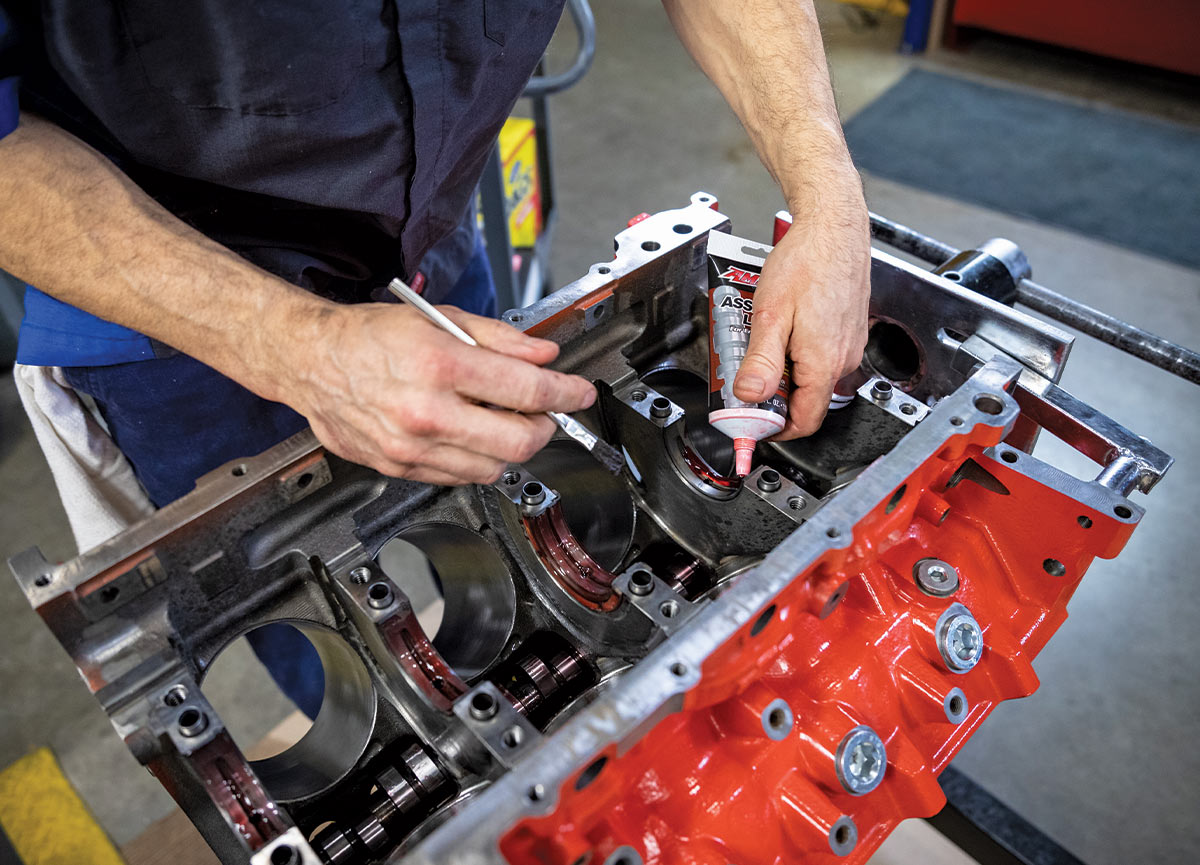
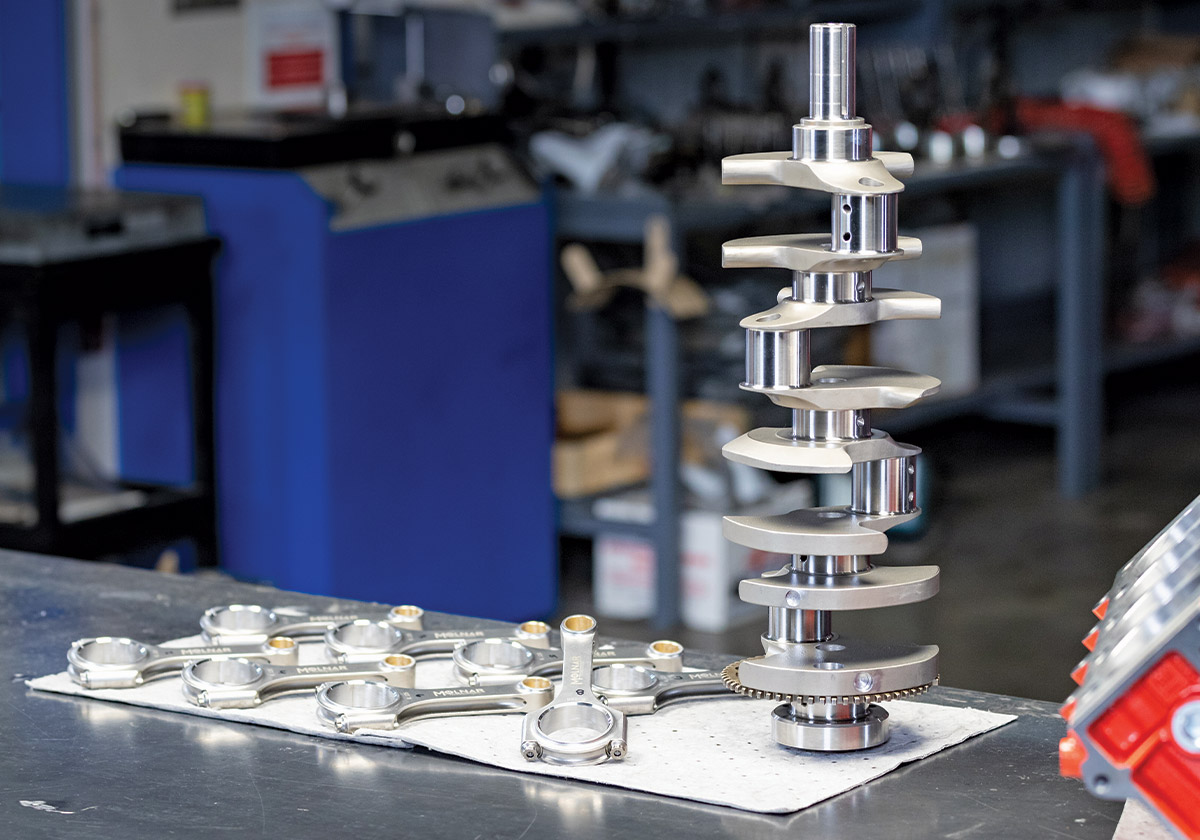
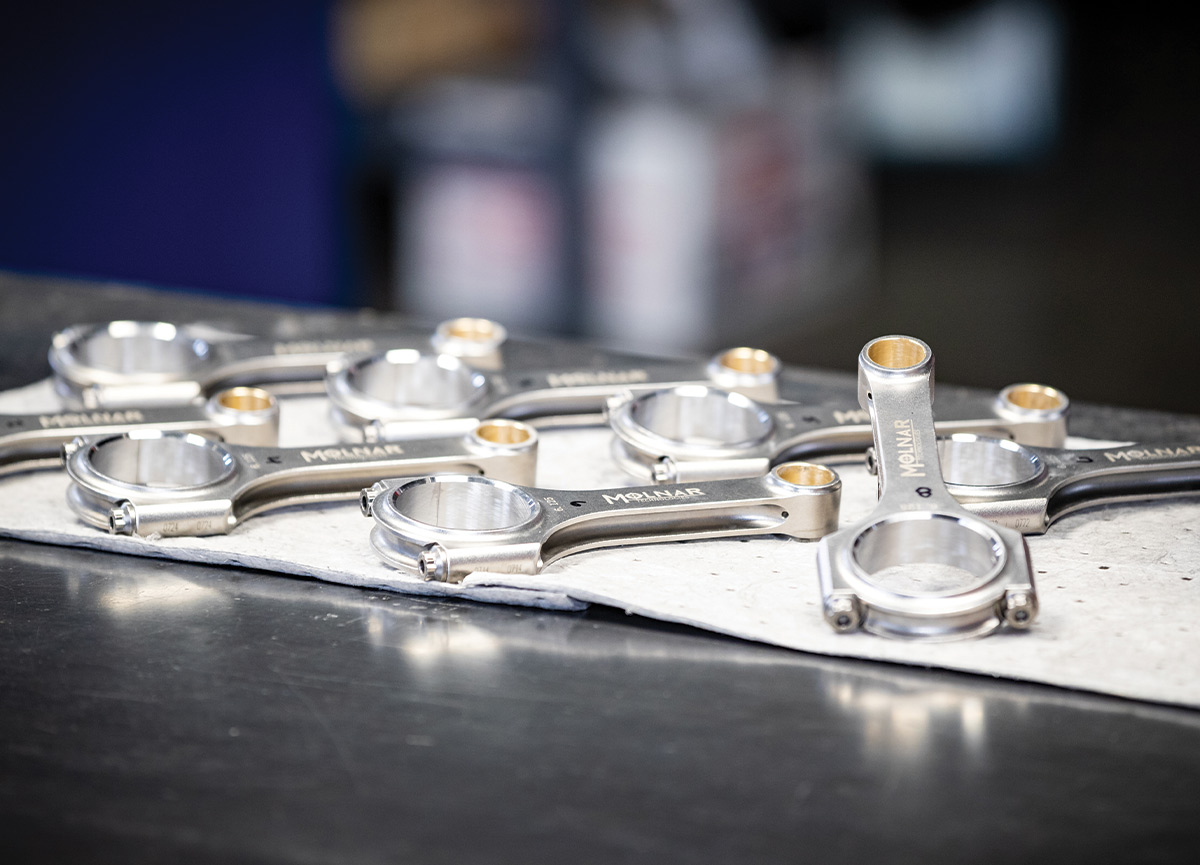
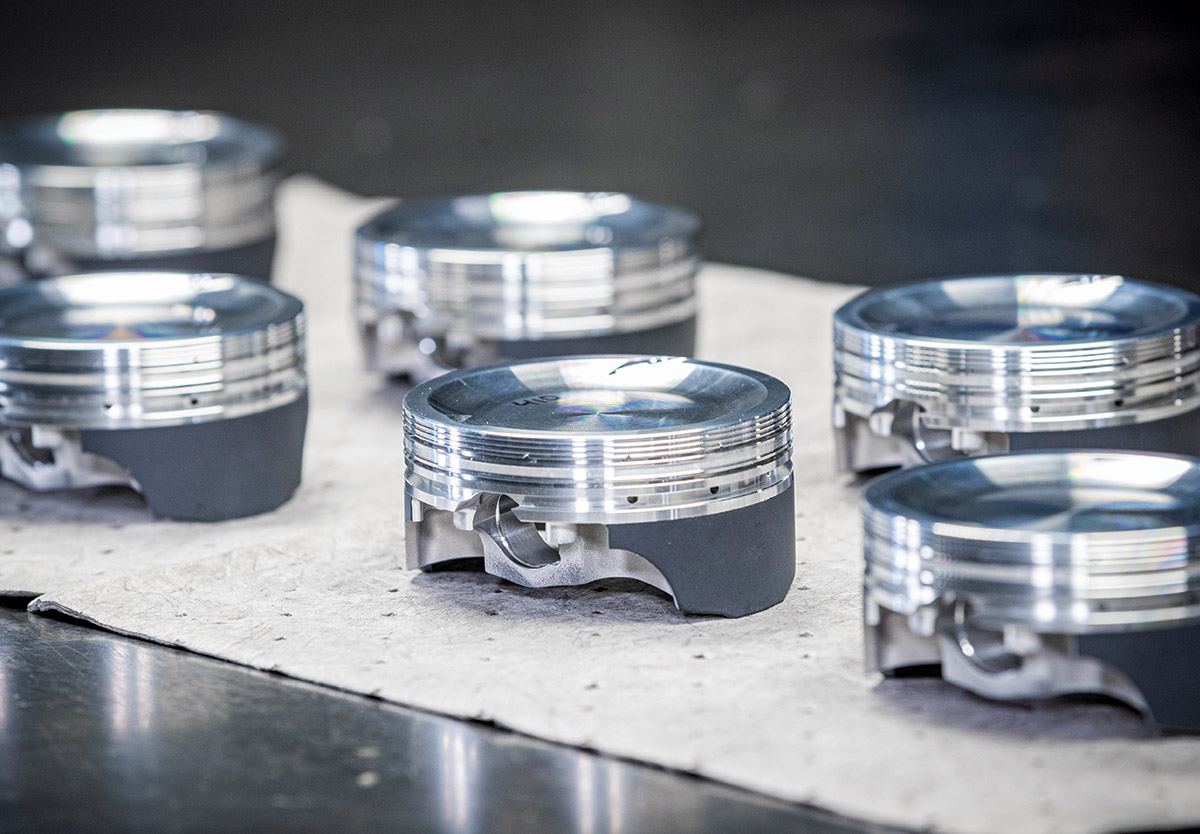
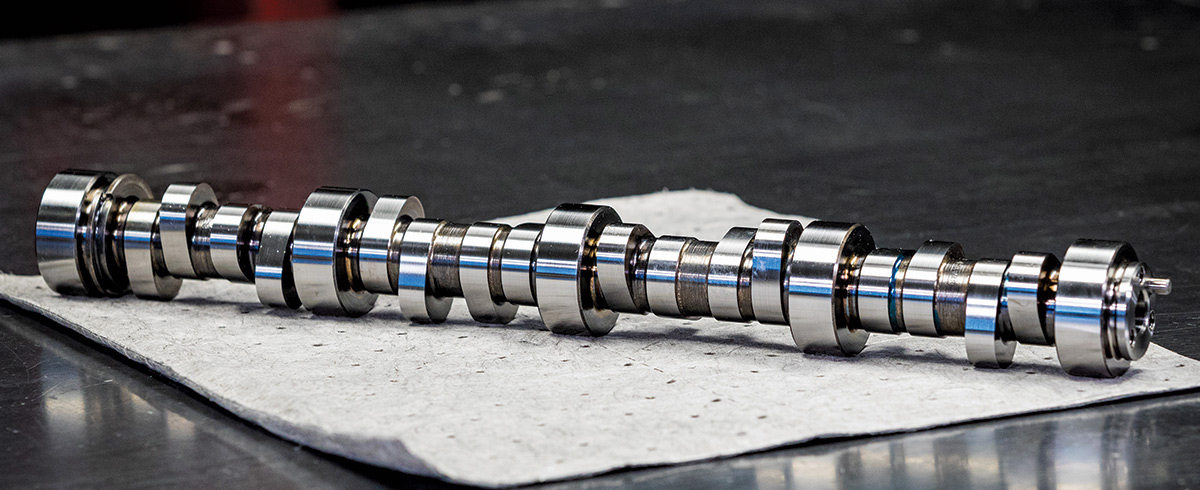

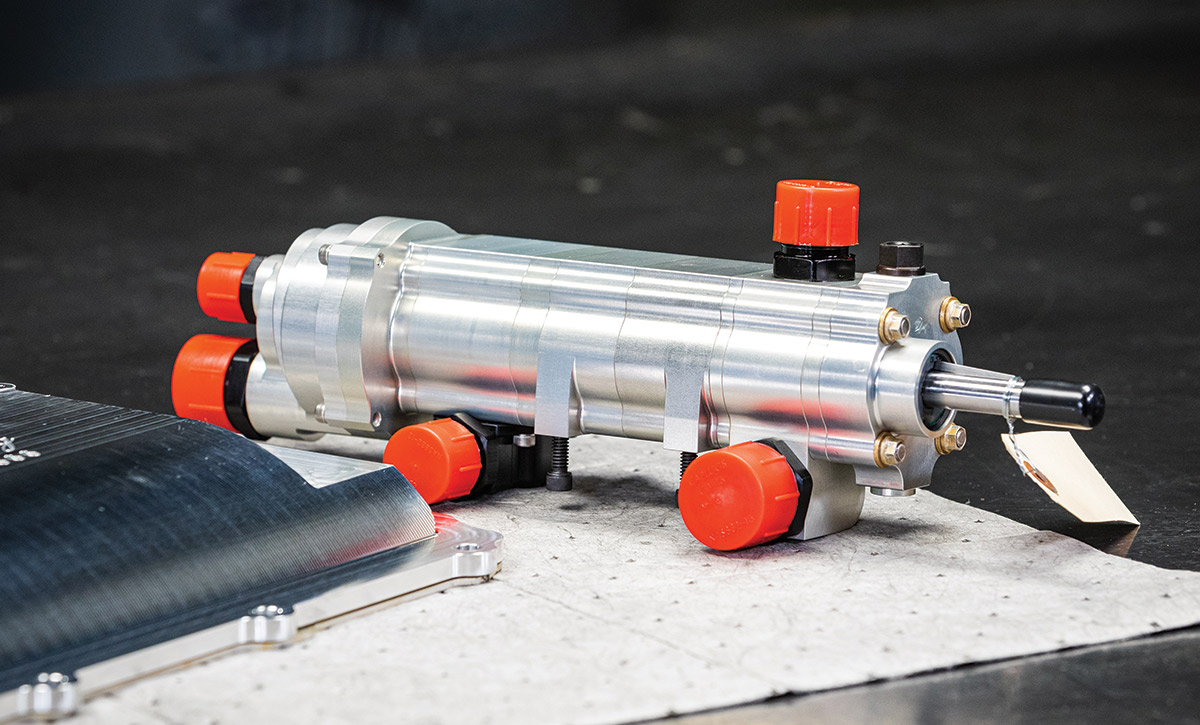
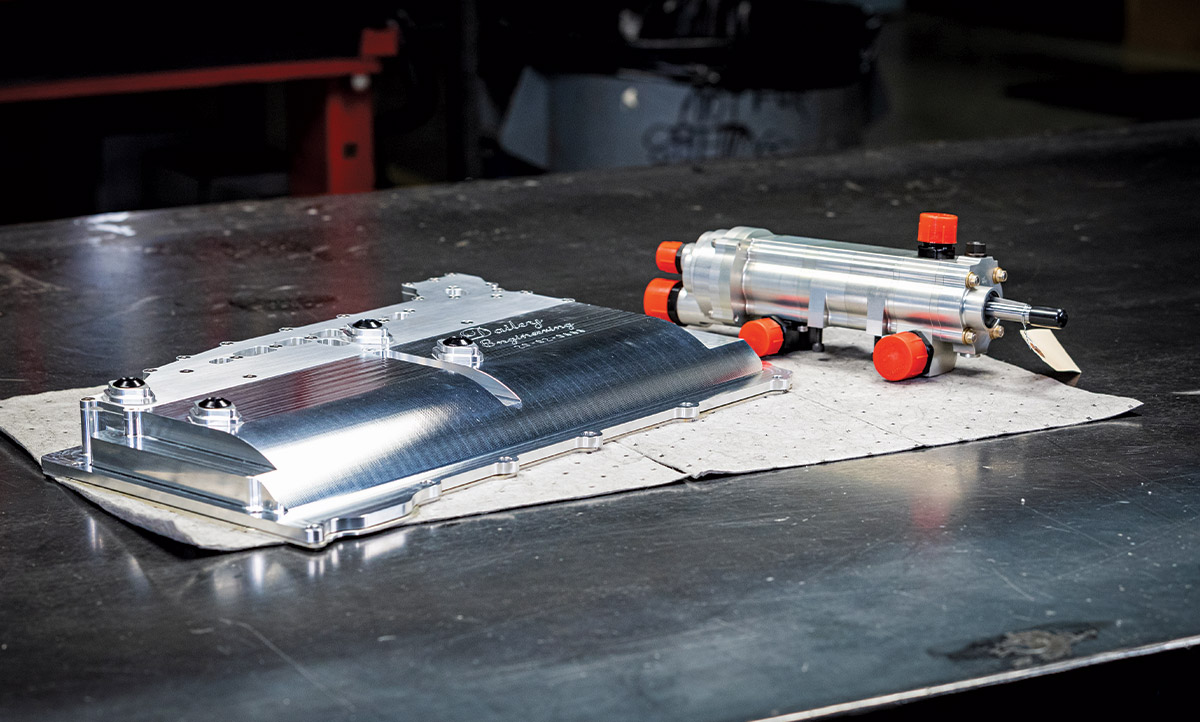

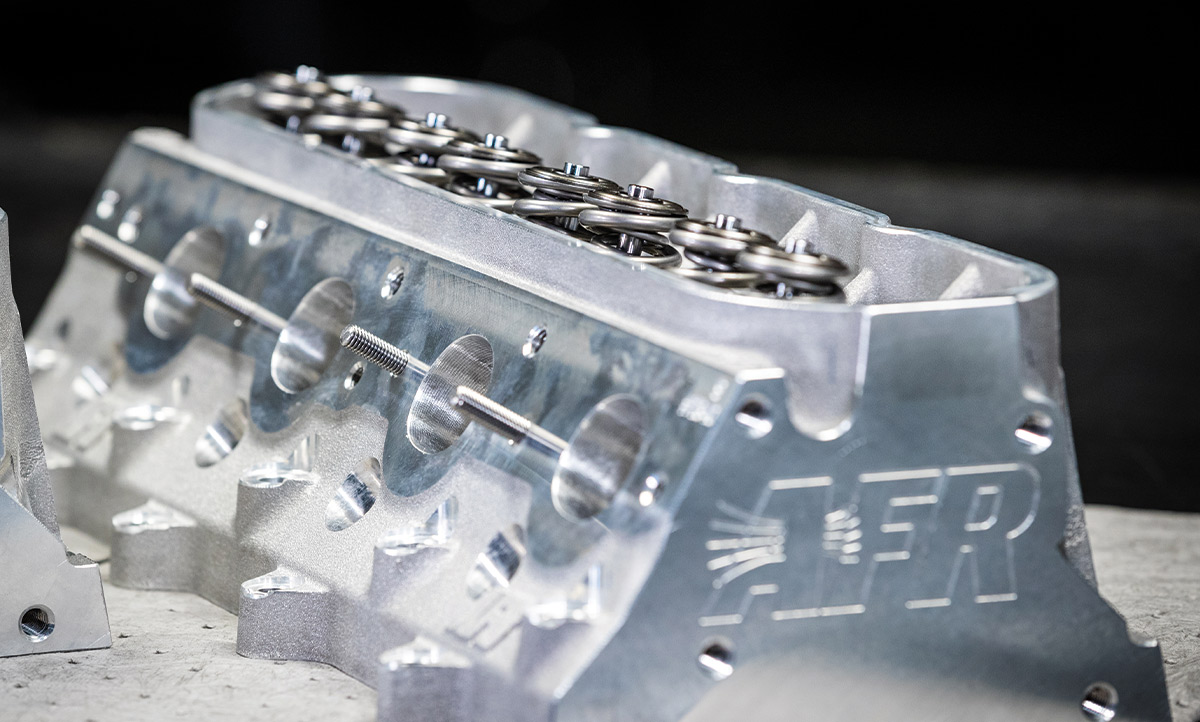
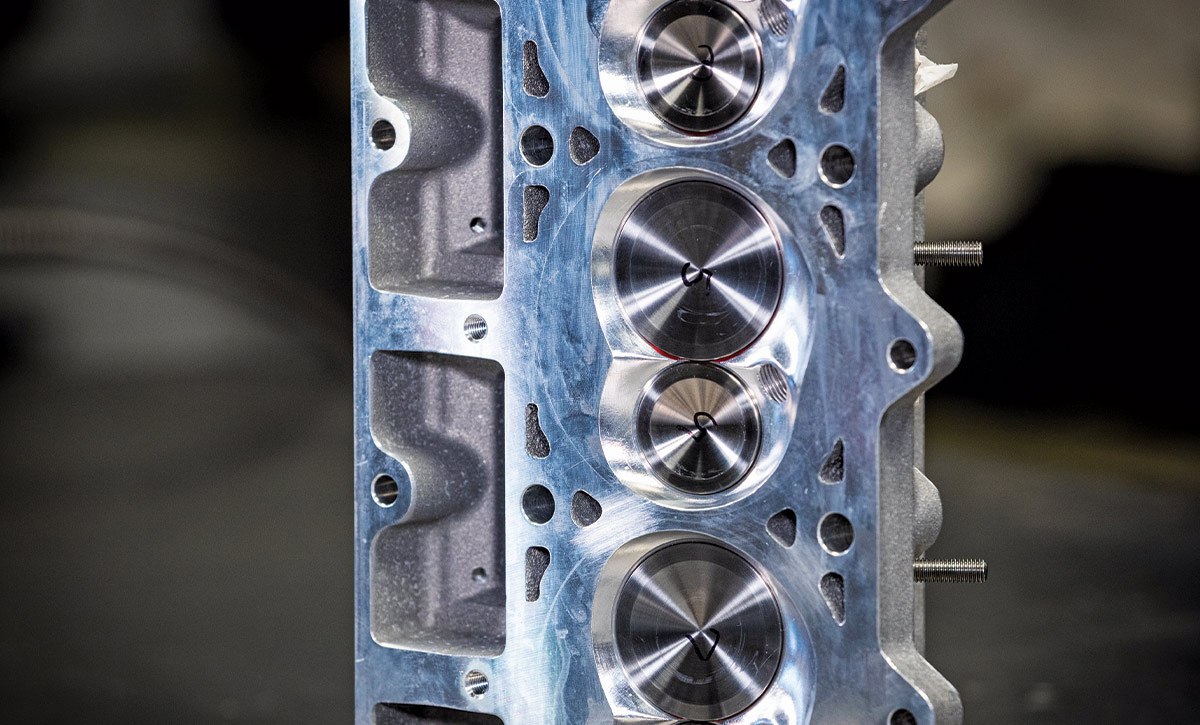
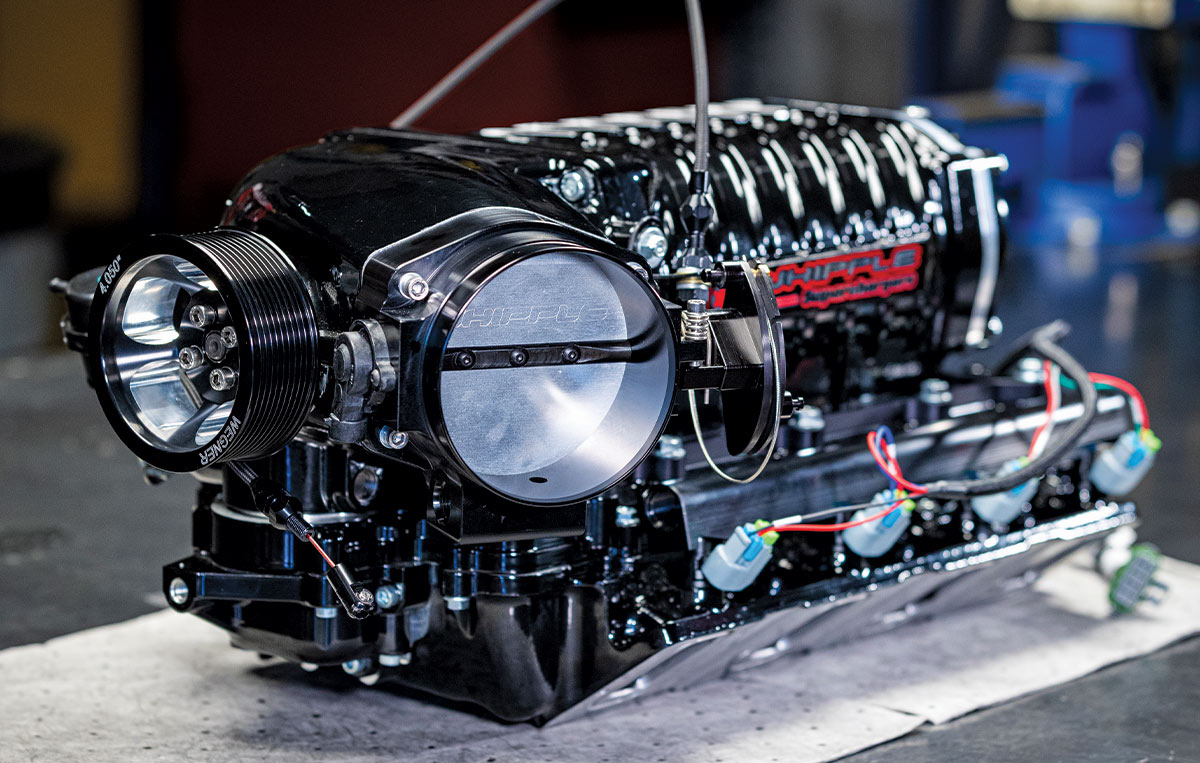
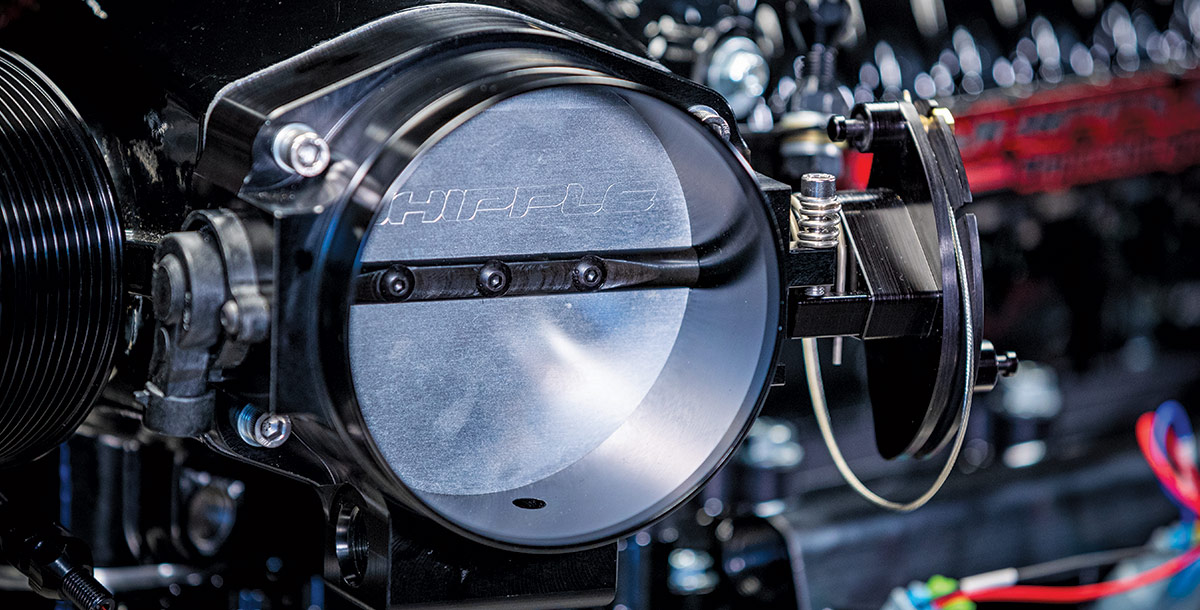
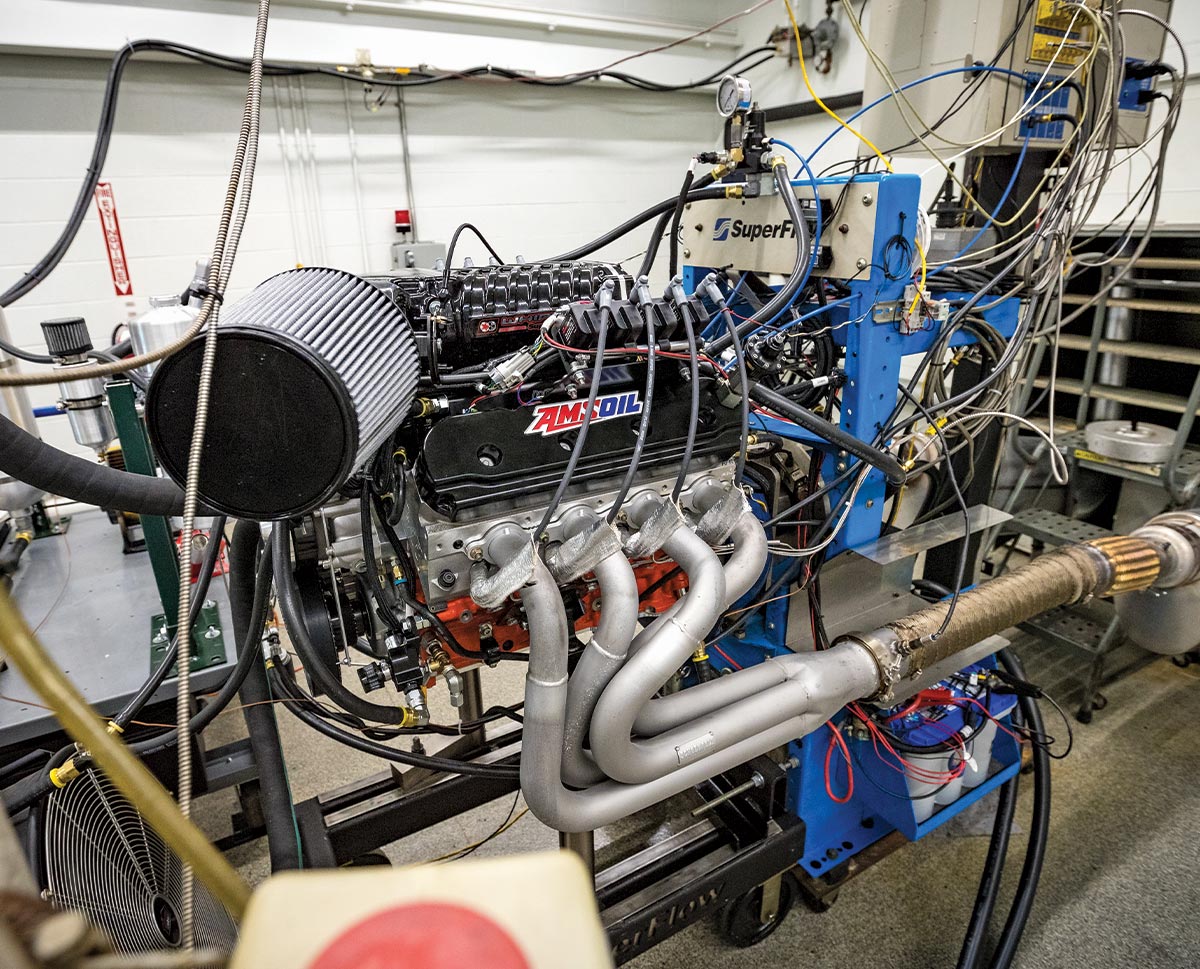


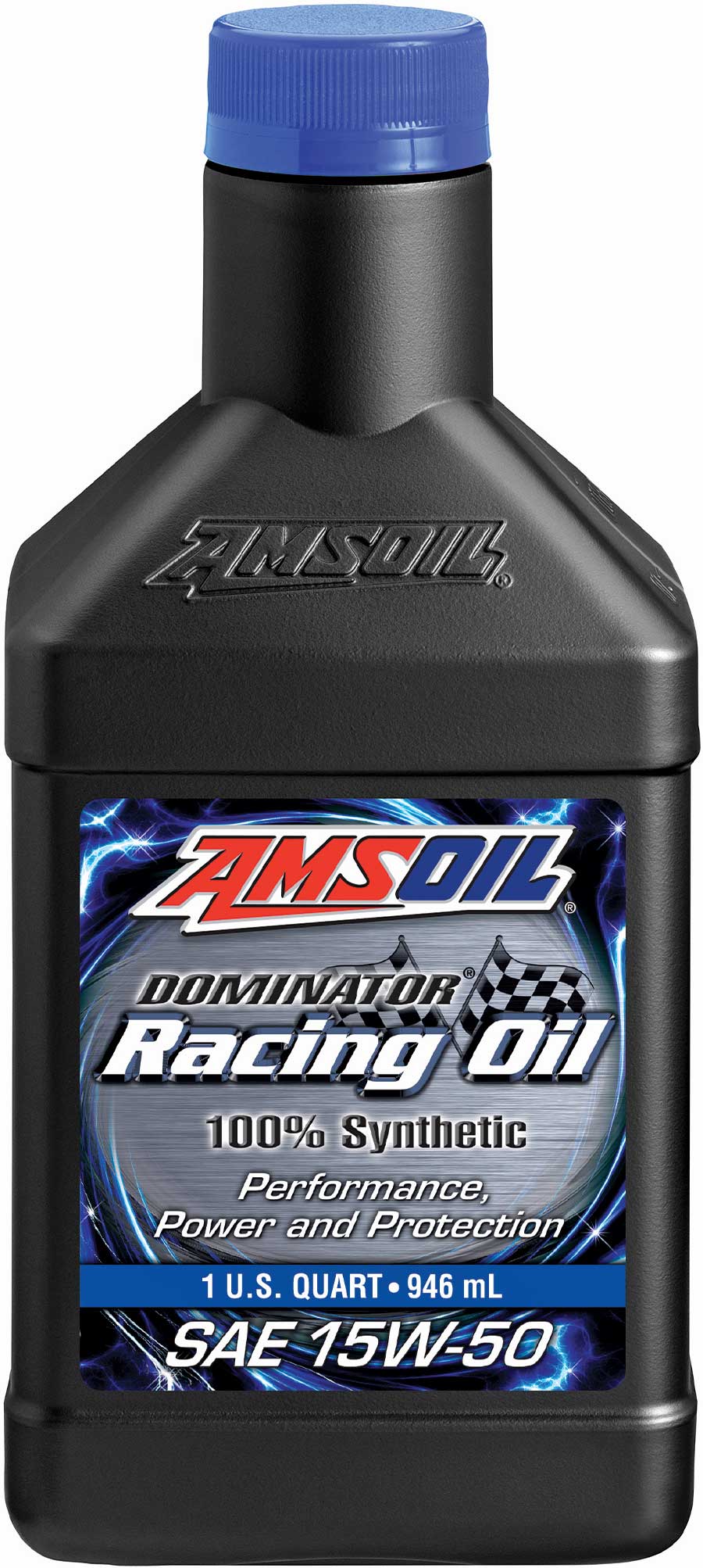
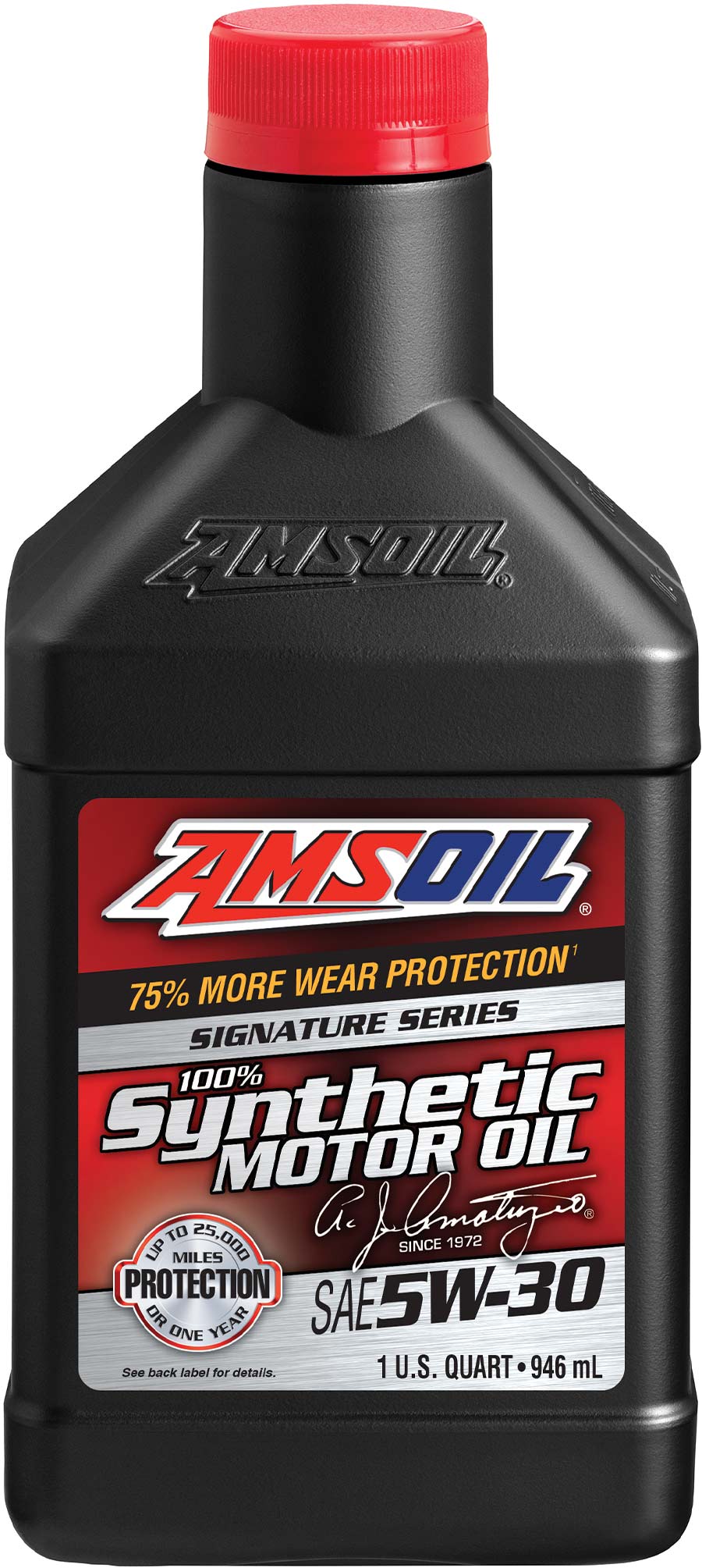
 SOURCE
SOURCEVOLUME 5 • ISSUE 40 • 2024